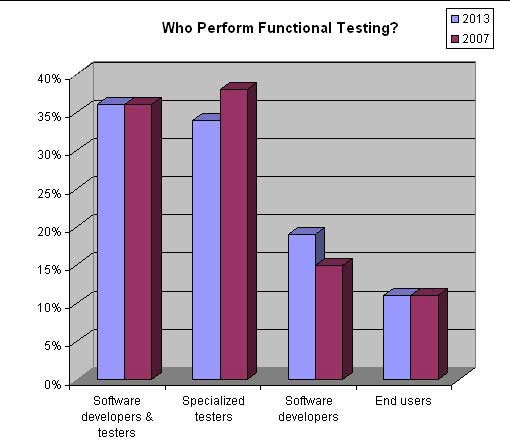Tutorials, articles, tools and resources on how to apply functional testing in software testing
Facebook is released twice a day, and keeping up this pace is at the heart of its culture. With this release pace, automated testing with Selenium is crucial to making sure everything works before being released.
This video is an introduction to Karma, an open source test runner that makes testing JavaScript applications in real browsers frictionless and enjoyable.
CasperJS is an open source navigation scripting and testing utility written in Javascript for the PhantomJS WebKit headless browser and SlimerJS (Gecko). It eases the process of defining a full navigation scenario and provides useful high-level functions, methods and syntactic sugar for doing common tasks. PhantomJS is a headless WebKit scriptable with a JavaScript API. It has fast and native support for various web standards: DOM handling, CSS selector, JSON, Canvas, and SVG.
Would you like to run your selenium scripts against multiple browsers and multiple server platforms continuously at night and report status on the web? Today’s software development often means continuous integration and testing using open-source tools such as Selenium.
A recent survey conducted by the Methods & Tools software development magazine asked who was performing the functional testing in the IT department: specialized testers, software developers or end-users. Functional testing looks for differences between the initial end-users’ requirements and their actual implementation in the software application.
This article from Alan Bowers and James Bell provides an introduction to setting up a software testing infrastructure using Selenium WebDriver and Cucumber. It shows how to create a test suite for single-page web applications and to run tests across multiple web and mobile browsers via Selenium Grid.
Behavior-driven development (BDD) is an increasingly popular variation on test-driven development, which helps developers think more in terms of “executable specifications” than in terms of conventional tests. There are dozens of BDD tools for the JVM out there—how do you know what to use and when?




